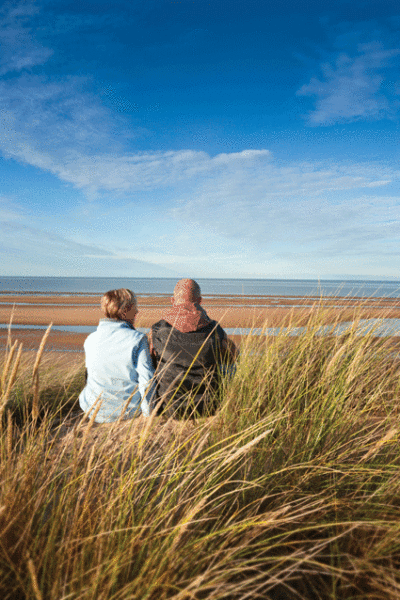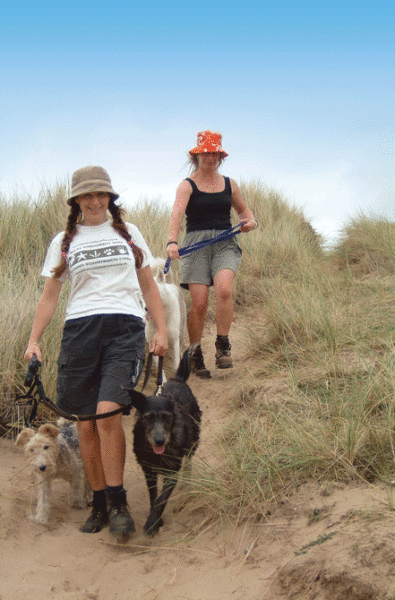Wales Coast Path
The Wales Coast Path is the world’s first footpath to follow an entire nation’s coastline. It’s an incredible 870 miles long. And every cove and clifftop comes with stories of saints, sinners and shipwrecks.
At Flint on the shore of the Dee Estuary even Shakespeare contributed a tale. It was at Flint Castle in 1399 that King Richard II was captured by the usurper Henry Bolingbroke, later Henry IV, a scene memorably described in the bard’s Richard II.
Medieval Europe’s most ambitious building project, the “iron ring” of castles along the North Wales coast, began at Flint in 1277. From here you can walk – or pedal on National Cycle Route 5 – beyond the mouth of the estuary to wildlife-rich Gronant Dunes and on to the famous seaside resorts of Rhyl and Prestatyn.
Start: Flint Castle CH6 5PH


